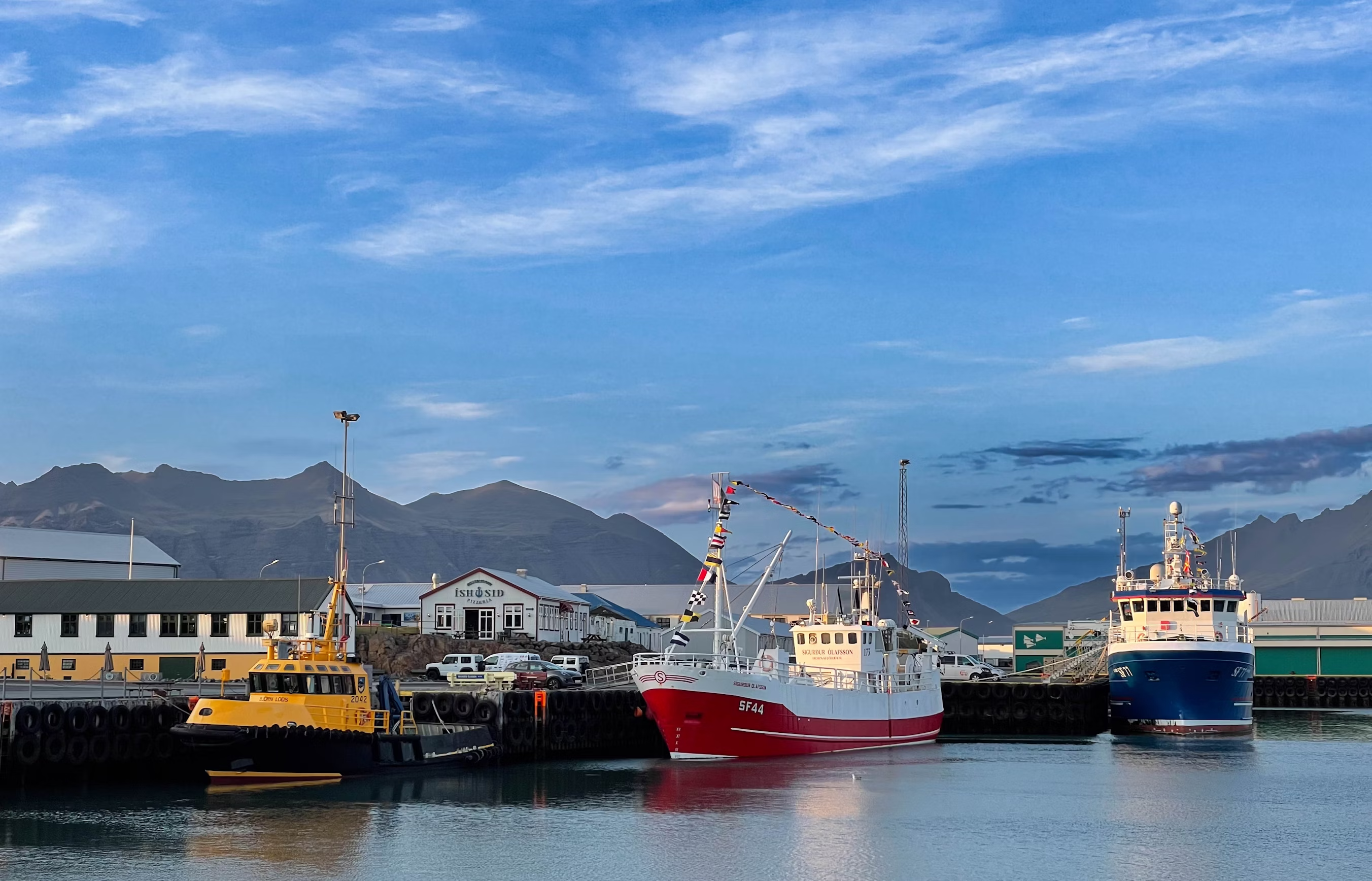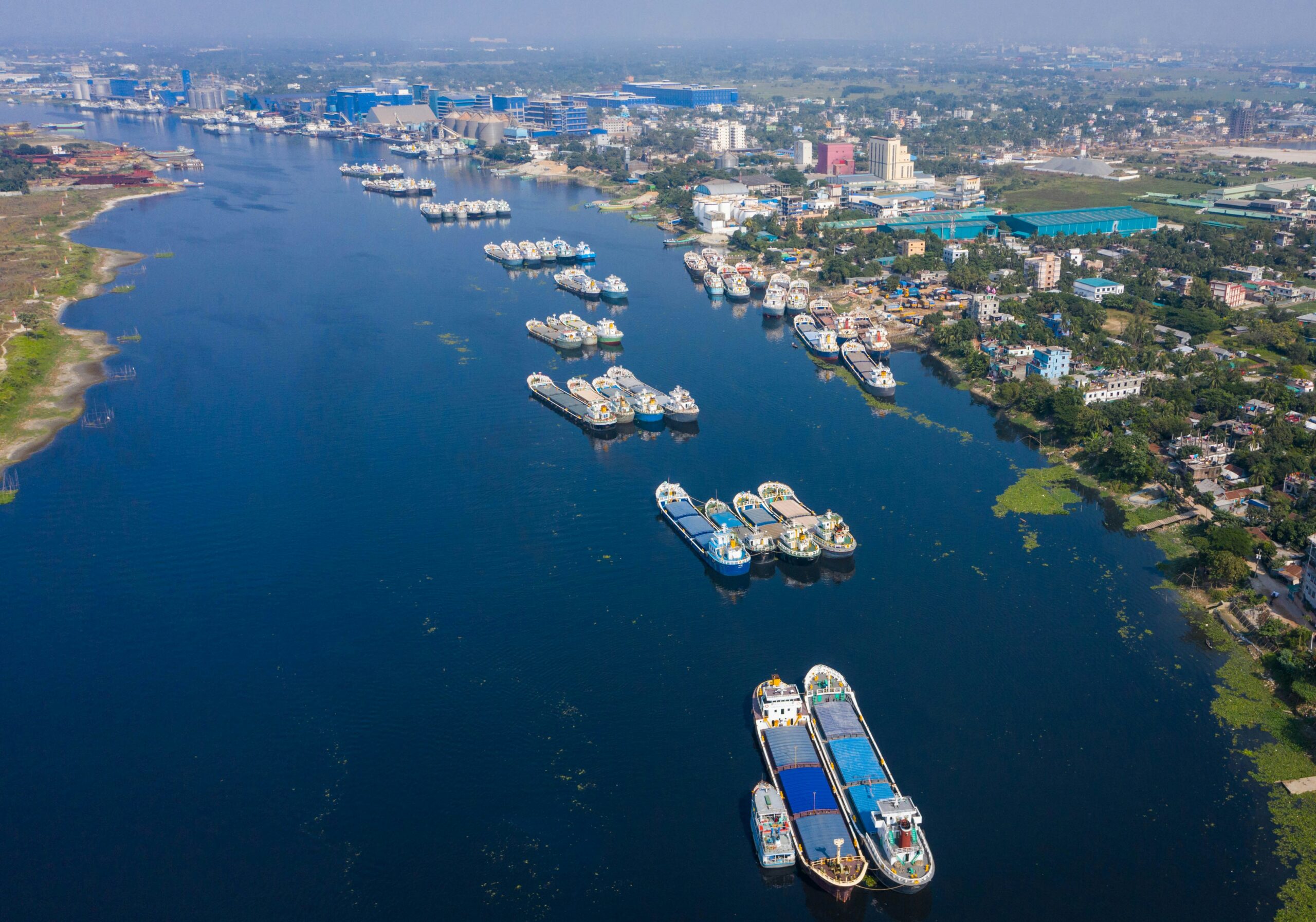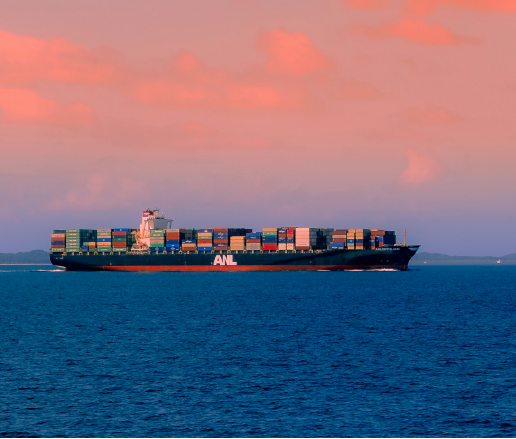by Nir Elron
Historically, the main drivers behind the development of communication between ships and shore were the safety of the crew and passengers, navigational aid and reporting. However, these types of applications did not require broadband data connection, as opposed to the current ones that are driven by new needs and demand for more data. These new connectivity applications include communications related to the main operational purpose of the vessel, such as cargo logistics, route planning, upload of gathered data etc., and even welfare and entertainment of the crew and passengers.
Currently, wireless maritime communications can be divided into two major types: terrestrial and non-terrestrial. Shipping companies use both types depending on the application and the use case. Many choose the SD-WAN option – software-defined networking solutions that allow them to leverage multiple connections and make use of terrestrial or non-terrestrial connectivity based on availability and commercial feasibility.

Satellite vs. Cellular Connectivity at Sea
Non-terrestrial connectivity scenarios imply using satellites. Depending on the altitude, they are divided into Low Earth Orbit(LEO), Middle Earth Orbit(MEO) and High Earth Orbit(HEO). This option is great for providing connectivity for ships in the “deep sea”, but it has certain limitations on data transfer speed and longer latency due to the nature of satellite communications. For example, the satellites on the geostationary orbit (a type of HEO) match Earth’s rotation and appear stationary from the ground, which is ideal for communication purposes, but the signal must travel a greater distance, so the latency is over 500 ms. Other satellites orbiting at lower altitude can overcome this latency issue (LEO satellites can provide less than 30 ms), but they have an inherent reliability problem: since these satellites travel at a greater speed, they only stay within range of an antenna for a short time before communications must be handed over to another satellite. Therefore, it requires more satellites to provide continuous global connectivity and may cause handover-related issues.
Also, in some frequency ranges, satellite signals quality can degrade because of a rain fade, the absorption of signals by rain, snow or ice. And last but not least, satellite connectivity is generally expensive, even though the prices have dropped in recent years.
Onshore cellular networks are the example of terrestrial networks that can provide connectivity for vessels close to the shore via base stations along the coast. While 3G networks could cover about 10 nautical miles, LTE may reach 50 nautical miles (or 100 km). Cellular connectivity provides an improved service with high-speed bandwidth and better latency when compared to satellite communications.
From being a backup option to satellite connectivity at sea, cellular networks gradually became an essential part of maritime communications toolset. Today, cellular connectivity on vessels is just as omnipresent as a two-way satellite ground station with a dish antenna. By the end of 2023, almost 50,000 commercial vessels (of roughly 100 000 in the world) had cellular capabilities onboard. The use of cellular technology at sea has grown in recent years as many vessels previously only using satellite connectivity switched to a multimodal connectivity approach.
In many scenarios, shipping companies use a combination of cellular and satellite connectivity to ensure their vessels remain connected both off the coast and in the open sea. However, there are numerous use cases where ships rely mainly on terrestrial cellular networks.

Maritime cellular connectivity – use cases
Commercial Vessels
About 80% of all goods are carried by sea. Shipping companies around the world need to monitor and track their ships, the people and the cargo onboard. They also may use smart sensors and smart containers to gather data that help track goods and their condition, monitor vessels’ equipment and operations to optimize costs and ensure safety.
Cellular networks are widely used by commercial ships. Many sea routes go along the coast, and certain types of vessels such as fishing ships may never go further than 40 miles away from their ports. Most passenger crafts would stay near the shore almost all the time. Some types of commercial vessels can remain in ports for days when loading or unloading. All of them need stable connectivity with sufficient bandwidth, and cellular connectivity is the best option in terms of coverage, latency and costs.
Leisure Vessels
The leisure vessel market has been one of the early adopters of cellular technology. According to Valour Consultancy, there were more than 18,600 active cellular subscriptions by leisure vessels worldwide in 2023. The technology is prevalent in any vessel undertaking coastal journeys.
Cellular networks are important for leisure craft because of their lower latency. It’s critical for videocalls, online stock trading, online games and social media, and pretty much every other connectivity use case on a yacht, even when it’s anchored somewhere in the Mediterranean.
Dry Ports, Inland Ports and Rivers
Maritime connectivity for many ships begins far from the sea, as they travel along inland waterways. For their cargo it may begin even earlier, at any of the dry ports, the transport terminals with a direct link to the seaport, which sometimes are hundreds of miles away from the coast.
Ubiquitous cellular networks guarantee good coverage as usually there are several nationwide carriers even in remote locations. On top of that, many ports deploy private cellular networks to ensure greater bandwidth and connectivity stability. All in all, connecting a ship and its cargo while they’re inland is easy, affordable and there are many offers to choose from.

Connectivity requirements for maritime use cases
Connectivity-wise, needs and requirements may differ greatly according to the type and the operational purpose of the vessel, but there are certain features that are important for all usage scenarios.
Coverage
Since using satellite connectivity can be expensive, it’s critical for vessels to have stable cellular coverage when they travel along the coast. Technically, that means they should be able to connect to every cellular tower on the shore. It is also important for ships traveling on rivers and canals, as they move from the ports and cities to non-urban areas.
It stands true also for the goods that are going from the dry ports to the quays. No matter how they are transported to the ships, to ensure efficient tracking they need good coverage both inland and offshore.
Latency
Latency is crucial for maritime use cases mainly for the reasons of safety. Just as with other kinds of transportation, here failure to act quickly and efficiently may have catastrophic consequences. Oil tankers, bulk carriers, cargo ships, cruise liners and sea ferries, fishing boats and even unmanned vessels all equally depend on the speed of data transfer for purposes of navigation, route planning, predictive analytics of engines and equipment condition, weather reporting and many other applications.
Roaming and Connectivity Regulations
As ships move along the coast or down the river, they inevitably enter areas where a certain carrier’s network has weak signal and there’s a need to switch over to another available network. Moreover, vessels are likely to cross borders, so international roaming is the only option to stay connected. That’s why it is imperative to have a roaming package that allows to transmit data for all connected devices at the same rate without unexpected expenses.
There also may be restrictions on the duration of roaming, which means that devices can only roam for a limited period of time, typically 3-4 months. While restrictions on permanent roaming may not be the problem for cargo vessels that only pass certain areas, it very well may be a threat for yachts that sometimes stay in a new port every winter season. Unless connected by a local provider, at some point all of their roaming IoT devices may be disconnected without any warning.
Most countries have data privacy, data protection and sovereignty regulations that apply to all industries including the shipping sector. That means not only each vessel, but every connected IoT device onboard transmitting data should comply with the requirements specified in relevant legislation of the country they are in.

Webbing’s connectivity solution for the maritime industry
Webbing offers a connectivity solution that ensures global access to reliable and high-quality internet, with low latency and the best of class coverage. It provides secure and continuous internet connection for devices on the move, wherever they need it.
Webbing’s partner network of over 600 mobile operators worldwide guarantees global coverage. It allows to roam on several carriers’ network in every region, solving the problem of weak spots that any mobile network may have and ensuring full coverage and continuous connectivity even at remote locations.
Webbing is a global connectivity provider with a distributed full core network with local breakouts, multiple network solution, and data server redundancy that provides connectivity stability and low latency. As such, Webbing’s network is well suited to support mission-critical, high-data consumption type of use cases. It also allows for compliance with all types of connectivity regulations and eliminates the problem of restrictions on permanent roaming.
Our eSIM solution ensures failover connectivity with the capability of using multiple mobile carrier profiles, easily changing carriers at any time with zero integration, and an option to fall back from a failing profile to a different profile without any need to communicate with a remote server or deal with multiple SIM cards.
A flexible approach to data packages allows us to tailor our connectivity offering for every customer based on the type of connected devices and their data consumption needs as well as the locations where the devices are used, aiming at overall optimization of the total cost of operations for the client.
Our solutions can help global shipping companies overcome their connectivity challenges and optimize costs, providing the benefits of roaming with multiple carrier options in every country, and seamless transition between carriers, while maintaining low rates and low latency on a global scale with a single SIM.
Reach out today to learn more about Webbing’s connectivity solutions for the maritime industry.




